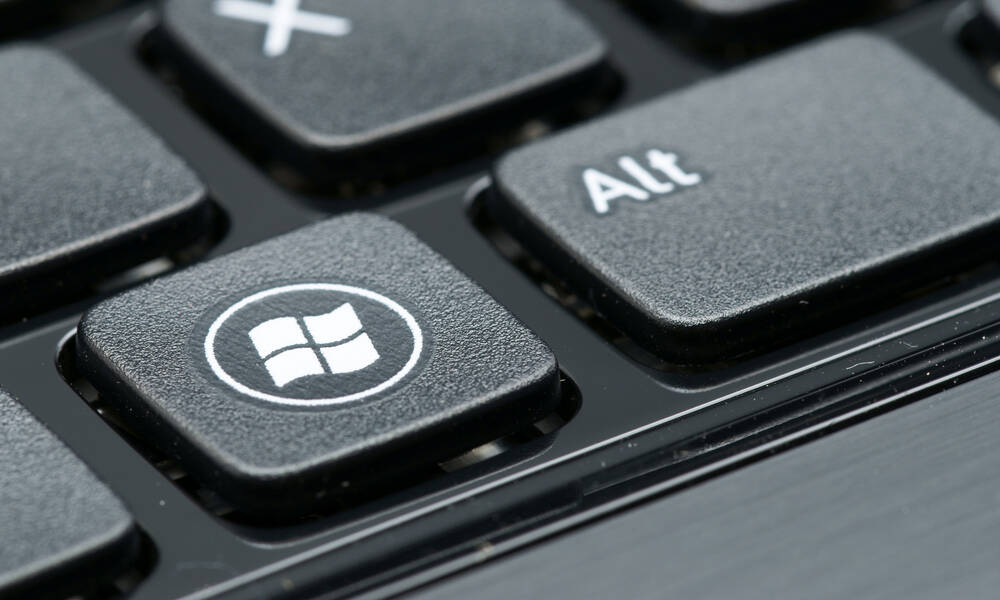
Dealing With a Lot of Legacy Software? Think Virtual.
The concept of virtualization, long popular for remote access to computers, could offer your organization an alternative to keeping outdated operating systems around just for the sake of a single app.
When it comes to keeping an organization’s machines reasonably up to date, it’s always a delicate balance.
Budget needs, software considerations, and legacy concerns often lead organizations to lag behind the latest and greatest in an effort to avoid rocking the boat too aggressively. This has started to change as major tech firms have become more savvy about pushing their upgrades.
The tweaks in recent versions of MacOS have been relatively minor year by year, but completely free, which has led to high uptake among users. And Windows 10 feels stable enough that it doesn’t seem like Windows 11 is coming anytime soon—if ever.
But some organizations might avoid making the big upgrade for whatever reason—they’re still on Windows 7, say, and Windows 7 still works—and they have not-unreasonable concerns that upgrading might break an app that they need.
Those cases are fewer now, for a several reasons: One, web apps are becoming increasingly common, making custom apps programmed specifically for a certain operating system less necessary; two, custom apps are more likely to appear on a smartphone or tablet than the desktop these days; and three, there are other ways to get around the problem besides sticking your employees with an out-of-date operating system.
Microsoft is pushing that third reason at the moment. Recently, the company started warning Windows 7 users that the system will reach its end of life in 2020—a not-insignificant decision, given that a third of all Windows users still use Windows 7, according to StatCounter. At the same time, Microsoft released a public preview of a program called Windows Virtual Desktop.
For the unfamiliar, Windows Virtual Desktop is a platform, running on Microsoft’s Azure cloud hosting stack, that can run Windows programs in the cloud through a process called virtualization, or by accessing a machine from another one. This approach has been around for years. Although somewhat resource-heavy, it allows you to stream an entire screen from an offsite machine without a lot of fuss.
Microsoft is specifically pitching Windows Virtual Desktop as a way to get people still on Windows 7 to upgrade. Need an app that doesn’t support Windows 10? You can still access it through the cloud. In fact, Microsoft is extending its traditional business warranty for end-of-life operating systems, often an expensive purchase, for free—if you access the decade-old operating system through Windows Virtual Desktop.
If you were following tech news last week, you might have missed this specific angle during a busy news time. But interestingly, perhaps the biggest tech story of last week highlighted just how far virtualization has come. Stadia, a gaming service just announced by Google, promised high-resolution gaming on hardware significantly more powerful than can be found in a video game console, all over the cloud. Yes, it relies on the exact same concept, except in overdrive.
You probably don’t need to virtualize anything in 4K yourself when it comes to running your association, but the tech is there—and it can have some important use cases for organizations that need to support a lot of legacy tools or even provide the occasional access to raw power through the cloud.
Other benefits of virtualization for users include the ability to connect to their workstations at home, if necessary, as well as to isolate the software in a way that can minimize its exposure to the broader system and limit potential security issues, an approach called containerization. (Many modern server apps use this strategy, with the server tool Docker a popular way to do this.)
There’s even some chatter that the future of computing might be headed fully to the cloud, as the technology gets good enough to stream advanced experiences at high speeds. The philosophy is similar to the one that already drives Chrome OS, except by relying on the cloud all the way down.
But we’re a ways off from that. One thing we’re not a ways off from is 2020, when Windows 7 reaches its end of life. We’re past the point where it makes sense to stick with an old operating system for years on end. That stuff belongs in a museum—not on your work computer! Your IT department (or your organization in general) should adopt a proactive strategy for keeping people on reasonably new hardware and software—say, a new laptop every three or four years.
All of this is to say that if you have legacy software that needs to be considered and might be holding back your organization from keeping up with the times, there are ways around it.
Don’t let your past decide your present. Don’t be afraid to keep the old stuff in circulation through virtualization.
Still rocking Windows 7? Microsoft has a plan to get you to upgrade. (ermingut/iStock Unreleased/Getty Images Plus)






Comments